Home>Garden Essentials>How Does Fake Grass Work?
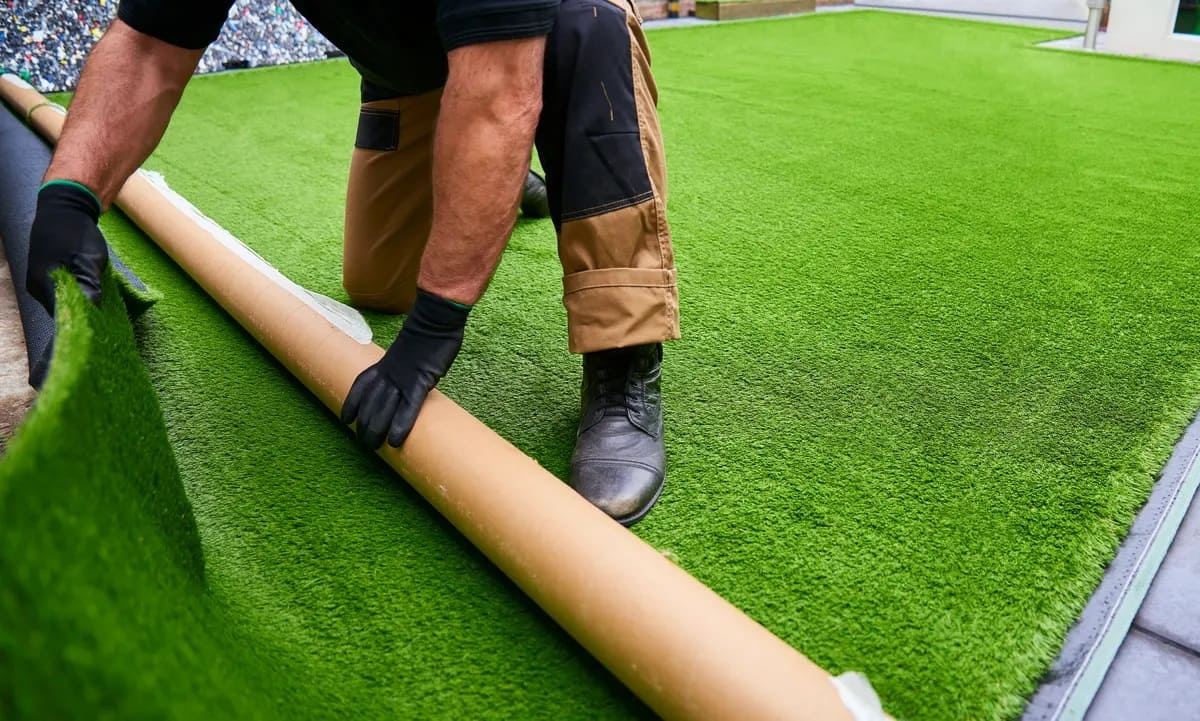

Garden Essentials
How Does Fake Grass Work?
Modified: October 20, 2024
Discover how fake grass can transform your garden into a low-maintenance oasis. Learn the ins and outs of how this innovative solution works for hassle-free, evergreen beauty.
(Many of the links in this article redirect to a specific reviewed product. Your purchase of these products through affiliate links helps to generate commission for Storables.com, at no extra cost. Learn more)
Introduction
When it comes to creating a beautiful and vibrant garden, many homeowners are turning to the use of fake grass. Also known as artificial turf or synthetic grass, this innovative alternative offers a range of benefits, from minimal maintenance to year-round greenery. But how exactly does fake grass work, and what makes it a popular choice? In this article, we will explore the inner workings of fake grass and shed some light on its installation, maintenance, and environmental impact.
So, what is fake grass? Simply put, it is a man-made surface that replicates the look and feel of natural grass. Although it has been around for several decades, advancements in technology have made today’s fake grass almost indistinguishable from the real thing. Whether you are looking to transform your backyard, rooftop, or sports field, fake grass provides a durable and aesthetically pleasing solution.
Key Takeaways:
- Fake grass, also known as artificial turf, replicates the look and feel of natural grass with synthetic blades, a drainage system, and UV stabilizers. It offers low maintenance, year-round greenery, and durability for various applications.
- Fake grass provides a sustainable and visually appealing alternative to natural grass, with benefits such as water conservation, reduced chemical use, and minimal maintenance. While the initial installation cost may be higher, long-term savings and environmental advantages make it a practical choice.
Read more: How Much Does Fake Turf Cost?
What is Fake Grass?
Fake grass, also known as artificial turf or synthetic grass, is a surface made from synthetic fibers that replicate the appearance and feel of natural grass. It is a popular alternative to traditional grass because of its low maintenance requirements, durability, and year-round greenery. Whether you want to enhance the look of your garden, create a safe play area for children, or improve the playing conditions on a sports field, fake grass offers a versatile solution.
The composition of fake grass can vary depending on the manufacturer, but it typically consists of three main components: the backing material, the drainage system, and the synthetic blades. The backing material provides stability and support, while the drainage system ensures that water can easily pass through to prevent puddling or waterlogging.
The synthetic blades are the key component that gives fake grass its realistic appearance. These blades are typically made from materials such as polyethylene or polypropylene, which are UV-resistant and designed to withstand heavy foot traffic. They are available in various lengths, textures, and shades of green to create a natural-looking lawn.
While fake grass is commonly used in residential applications, it is also widely used in commercial and sports settings. Sports fields, golf courses, and playgrounds often utilize fake grass because of its ability to withstand intensive use, maintain a consistent playing surface, and eliminate the need for constant watering and mowing.
Overall, fake grass offers a convenient and aesthetically pleasing solution for those seeking a low-maintenance alternative to natural grass. Its ability to withstand harsh weather conditions, retain its vibrant color, and require minimal upkeep makes it an attractive choice for homeowners and businesses alike.
The Composition of Fake Grass
Fake grass, also known as artificial turf or synthetic grass, is engineered to replicate the look and feel of natural grass. It is composed of several key components that work together to create a durable and visually appealing surface.
1. Backing Material: The backing material is the foundation of fake grass. It provides stability and support for the synthetic blades and helps maintain the overall shape and structure of the turf. Typically, the backing material is made from a sturdy and flexible material like polypropylene or polyester. It is designed to withstand heavy foot traffic and environmental conditions.
2. Synthetic Blades: The synthetic blades are the individual blades that give fake grass its realistic appearance. These blades are typically made from two types of materials: polyethylene and polypropylene. Polyethylene blades are softer and more lifelike, while polypropylene blades are stiffer and provide better resilience to heavy use. The blades are available in various lengths, textures, and shades to mimic the natural variations of real grass.
3. Infill: Infill is a granular material that is added to the spaces between the synthetic blades of fake grass. It serves several purposes, including providing stability, improving shock absorption, and enhancing the overall feel of the turf. Common types of infill include silica sand, rubber granules, or a combination of both. The choice of infill depends on factors such as the intended use of the fake grass and the desired level of cushioning.
4. Drainage System: Fake grass features a built-in drainage system to prevent water from pooling on the surface. This system typically includes perforated backing material and a layer of crushed stone or porous material beneath the turf. When it rains or when the turf is watered, the water can easily drain through the turf and into the underlying layers, ensuring proper water management.
5. UV Stabilizers: To maintain the vibrant color and appearance of fake grass, UV stabilizers are added during the manufacturing process. These stabilizers protect the synthetic blades from the damaging effects of the sun’s UV rays, preventing fading and ensuring the longevity of the turf.
With these various components working together, fake grass offers a durable, low-maintenance, and visually appealing alternative to natural grass. Whether used in residential lawns, commercial spaces, or sports fields, the composition of fake grass is specifically designed to withstand heavy use, harsh weather conditions, and maintain its realistic appearance year-round.
How is Fake Grass Installed?
The installation process of fake grass involves several essential steps to ensure a proper and long-lasting result. While it is recommended to hire a professional for the installation, ambitious DIYers can also tackle this project with careful planning and attention to detail.
1. Site Preparation: The first step in installing fake grass is to prepare the site. This involves removing any existing grass, weeds, rocks, or debris from the area. The ground should then be leveled and compacted to create a smooth and stable surface. It may also be necessary to add a layer of crushed stone or sand to improve drainage.
2. Weed Barrier: To prevent weeds from growing through the fake grass, a weed barrier (typically made of geotextile fabric) is laid on top of the prepared surface. This barrier helps to inhibit the growth of unwanted vegetation and allows for proper drainage.
3. Artificial Turf Layout: The next step is to lay out the artificial turf on the prepared surface. Care should be taken to ensure that the fake grass is properly aligned and fits the designated area. It may be necessary to cut and trim the turf to fit around obstacles such as trees, flower beds, or pathways.
4. Joining and Securing: Once the turf is in place, the seams are joined together using adhesive or special seaming tape. This ensures a seamless and natural-looking lawn. Additionally, the edges of the turf are secured with landscape spikes or nails to keep it in place.
5. Infill Application: Infill is then evenly spread over the surface of the turf, using either a drop spreader or a broom. The infill helps to support the synthetic blades, add cushioning, and provide proper drainage. The amount of infill needed will depend on factors such as the type of turf and the desired level of cushioning.
6. Brushing and Grooming: After the infill is applied, the turf is brushed and groomed using a stiff brush or power broom. This helps to distribute the infill evenly and ensure that the synthetic blades stand upright, giving the fake grass a natural and well-maintained appearance.
7. Final Touches: Finally, any excess infill is removed from the surface, and the surrounding area is cleaned up. A thorough inspection is carried out to ensure the turf is properly installed, secure, and visually appealing.
It is important to note that the installation process may vary depending on the specific type and brand of fake grass, as well as the size and complexity of the project. Following the manufacturer’s guidelines and seeking professional advice can help ensure a successful installation that will provide years of enjoyment and beauty.
The Drainage System of Fake Grass
The drainage system is a crucial component of fake grass installations, as it ensures the efficient removal of water and prevents the formation of puddles on the surface. A properly designed drainage system allows rainwater, irrigation, or other liquids to quickly drain through the turf, preventing waterlogging and potential damage to the turf or the underlying surface. Here’s a closer look at the drainage system of fake grass:
1. Perforated Backing: Fake grass is typically manufactured with a perforated backing material. This backing is designed with small holes or perforations that allow water to pass through easily. The size and spacing of the perforations may vary depending on the specific brand and application of the fake grass.
2. Base Preparation: To ensure optimal drainage, a proper base layer is essential. Before the installation of the turf, the area should be well-prepared with a compacted and well-draining base. This commonly includes a layer of crushed stone or porous material that allows water to flow freely beneath the turf.
3. Subsurface Drainage: In some cases, especially for larger areas or areas with poor drainage, a subsurface drainage system may be installed. This involves the installation of pipes or drains beneath the base layer to efficiently collect and channel water away from the turf surface. These drains are typically connected to a suitable outlet or drainage system.
4. Infill Permeability: The infill used in fake grass installations also plays a role in the drainage system. Infill materials such as silica sand or rubber granules are permeable, allowing water to easily pass through. The infill helps to stabilize the turf while still allowing water to flow, further enhancing the drainage capabilities of the overall system.
Proper maintenance is essential to ensure the continuous functionality of the drainage system. Regular removal of debris, leaves, and organic matter from the surface of the turf will help prevent blockages and maintain effective water flow. Additionally, periodic brushing and grooming of the turf can help keep the synthetic blades upright and prevent compaction that may hinder drainage.
The drainage system of fake grass not only prevents water accumulation but also contributes to the overall durability and longevity of the turf. By efficiently removing excess moisture, the system helps prevent the growth of mold, mildew, and bacteria, which can cause unpleasant odors and degrade the integrity of the turf over time.
When installing fake grass, it is crucial to ensure proper design and installation of the drainage system. Consulting with professionals and following the manufacturer’s recommendations will help ensure effective water management and maintain the beauty and functionality of the fake grass for years to come.
Fake grass, also known as artificial turf, works by using synthetic materials like plastic or rubber to mimic the look and feel of real grass. It is installed over a base of compacted gravel and sand, and often includes a layer of infill material to provide cushioning and support.
Read more: How Long Does Fake Grass Last?
Maintaining and Cleaning Fake Grass
One of the key advantages of fake grass is its low maintenance requirements compared to natural grass. However, regular maintenance and cleaning are still necessary to keep your fake grass looking its best and prolong its lifespan. Here are some important tips for maintaining and cleaning fake grass:
1. Regular Brushing: Periodically brushing your fake grass helps to keep the synthetic blades upright and prevent them from matting or clumping. Use a stiff-bristled brush or a power broom to gently brush the turf, especially in high-traffic areas. This will help maintain a natural appearance and ensure the even distribution of infill.
2. Removing Debris: Keep your fake grass free from debris such as leaves, twigs, and pet waste. Regularly remove any visible debris from the surface using a leaf blower, rake, or a handheld brush. This prevents the buildup of organic matter, which can lead to unpleasant odors and encourage the growth of bacteria or mold.
3. Pet Waste Management: If you have pets, promptly remove and dispose of their waste from the fake grass. Rinse the affected area with water or a mild detergent solution to prevent odors and maintain hygiene. Avoid using harsh chemicals or disinfectants, as they may damage the synthetic blades or the infill.
4. Stain Removal: Accidental spills or stains can occur on your fake grass. Promptly address these by blotting or rinsing the area with water and mild soap. For stubborn stains, you may use a diluted vinegar solution or specialized artificial turf cleaners. Before applying any cleaning solution, always refer to the manufacturer’s recommendations.
5. Treating Odors: To manage any lingering odors on the fake grass, use a mixture of water and mild detergent or a specialized artificial turf deodorizer. Thoroughly rinse the treated area to remove any residue and maintain a fresh-smelling lawn.
6. Preventing Weed Growth: Although fake grass is designed to inhibit weed growth, occasional weeds may still appear. Regularly inspect your fake grass for any signs of weed growth and promptly remove them, including their roots, to prevent further spreading.
7. Seasonal Maintenance: Fake grass may accumulate dust, pollen, or air pollutants over time. During the dry season or in areas with high pollution levels, rinse your fake grass with water to remove these particles and maintain its vibrant appearance.
In addition to regular maintenance, it is recommended to schedule professional deep cleaning and maintenance at least once a year. Professional cleaning may involve the use of specialized equipment to remove deeply embedded dirt, rejuvenate the infill, and revitalize the overall look of the fake grass.
By following these maintenance and cleaning practices, you can ensure that your fake grass remains visually appealing, hygienic, and durable for many years to come.
Benefits of Using Fake Grass
Fake grass, also known as artificial turf or synthetic grass, offers numerous benefits that make it an attractive alternative to natural grass for homeowners, businesses, and sports facilities. Whether you are looking to enhance the aesthetics of your outdoor space or seeking a low-maintenance solution, here are some key benefits of using fake grass:
1. Low Maintenance: One of the primary advantages of fake grass is its minimal maintenance requirements. Unlike natural grass, which needs regular mowing, watering, and fertilizing, fake grass only requires occasional brushing to keep the blades upright and the surface clean. This saves you time, money, and effort in maintaining a lush and well-manicured lawn.
2. All-Year Greenery: With fake grass, you can enjoy vibrant greenery all year round, regardless of the season or weather conditions. Fake grass remains lush and beautiful, even in areas with limited sunlight, extreme heat, or heavy rainfall. It provides a consistently appealing backdrop to your outdoor spaces, no matter the time of year.
3. Durability: Synthetic grass is designed to withstand heavy foot traffic and challenging weather conditions. It is highly resistant to wear and tear, making it an ideal choice for high-traffic areas such as gardens, playgrounds, or sports fields. Unlike natural grass, fake grass is less prone to developing bald spots, patches, or unsightly brown areas, ensuring a long-lasting and visually appealing lawn.
4. Water Conservation: Fake grass eliminates the need for regular watering, significantly reducing water consumption in drought-prone regions. This is not only environmentally friendly but also helps to lower water bills over time. Additionally, as fake grass does not require fertilizers or pesticides, it minimizes the harmful environmental impact associated with the use of these chemicals.
5. Aesthetics: Fake grass offers a consistently neat and well-groomed appearance, enhancing the overall aesthetics of your outdoor space. Its uniform color, texture, and height create an attractive, lush lawn that can instantly uplift the visual appeal of any residential or commercial premises. It provides a perfect backdrop for outdoor gatherings, play areas, or recreational activities.
6. Pet and Child-Friendly: Fake grass is pet and child-friendly, providing a safe and clean space for your loved ones to play and relax. It is designed to be soft, non-toxic, and resistant to staining, making it an ideal surface for pets and children to enjoy without the worry of muddy paws or stained clothes. Additionally, fake grass eliminates the need for harmful chemical treatments, ensuring a safe environment for your family.
7. Versatility: Fake grass is a highly versatile option that can be utilized in various settings, including residential gardens, commercial spaces, and sports facilities. It can be customized to fit any size or shape, allowing you to create unique and functional outdoor areas. Fake grass can transform concrete rooftops, balconies, or terraces into green oases, and it can be used to design sports fields or recreational spaces that provide optimal playing conditions.
With its low maintenance requirements, durability, and aesthetic appeal, fake grass offers a practical and visually pleasing solution for those seeking a hassle-free and visually stunning outdoor space. Whether you desire a picturesque residential garden or a functional sports field, fake grass provides a sustainable and long-lasting alternative to natural grass.
Environmental Impact of Fake Grass
Fake grass, also known as artificial turf or synthetic grass, offers several environmental benefits compared to natural grass. While it is true that synthetic materials are used in its production, there are several aspects to consider when evaluating the overall environmental impact:
1. Water Conservation: One of the most significant environmental advantages of using fake grass is its water-saving potential. Natural grass requires regular watering, especially in dry regions. By eliminating the need for irrigation, fake grass helps to conserve significant amounts of water, reducing the strain on local water resources and promoting water sustainability.
2. Reduced Chemical Use: Maintaining a natural grass lawn often involves the use of fertilizers, herbicides, and pesticides to keep it healthy and weed-free. These chemicals can leach into the soil and waterways, posing risks to human health and the environment. With fake grass, the use of such chemicals is unnecessary, reducing pollution and minimizing the exposure to harmful substances.
3. Limited Maintenance: Unlike natural grass, which requires regular mowing, fake grass has minimal maintenance requirements. This means a decrease in the use of gasoline-powered lawn mowers and trimmers, resulting in reduced air and noise pollution. Furthermore, the low maintenance needs reduce the use of fertilizers and other maintenance-related products, further minimizing the environmental impact.
4. Decreased Carbon Footprint: The production and transportation of fake grass do have an environmental impact, primarily due to the use of synthetic materials. However, when considering the lifecycle of fake grass, the water savings and reduced maintenance requirements contribute to an overall decrease in carbon emissions. The energy and resources saved from reduced water usage and maintenance tasks often outweigh the emissions associated with production.
5. Recyclable and Reusable: Depending on the type of fake grass, it may be recyclable or reusable at the end of its lifespan. Some manufacturers have recycling programs in place, allowing the materials to be repurposed into new products. Additionally, the durability of fake grass allows it to remain functional for many years, reducing the need for frequent replacements and further conserving resources.
However, it is important to note that fake grass is not entirely without environmental consequences. The production process involves the use of certain materials derived from fossil fuels, which contribute to carbon emissions and resource depletion. Additionally, waste generated during installation or replacement should be properly disposed of or recycled to minimize environmental impacts.
Overall, when considering the environmental impact of fake grass, its water-saving capabilities, reduced chemical use, and minimal maintenance requirements make it a more sustainable alternative to natural grass. However, it is crucial to choose high-quality fake grass from reputable manufacturers and consider the entire lifecycle of the product for a more comprehensive evaluation of its environmental impact.
Cost Considerations of Fake Grass
When deciding whether to install fake grass, it’s important to consider the cost implications associated with the initial installation, as well as long-term maintenance. While fake grass offers numerous benefits, it’s crucial to evaluate the financial aspect to make an informed decision. Here are some key cost considerations of fake grass:
1. Initial Installation Cost: The upfront cost of fake grass installation can vary depending on factors such as the size of the area, the quality of the turf, and any additional features or customization required. Generally, the cost includes the materials, professional installation, and site preparation, which may involve the removal of existing grass, leveling the ground, and ensuring proper drainage. It is recommended to obtain multiple quotes from reputable installers to compare prices and ensure you are getting the best value for your budget.
2. Long-Term Savings: While the initial installation cost of fake grass may be higher compared to natural grass, there are long-term savings to be considered. One significant saving is water consumption. With natural grass, ongoing watering and irrigation costs can quickly add up, especially in regions with high water rates or limited water availability. Fake grass eliminates the need for regular watering, resulting in substantial savings on monthly water bills.
3. Reduced Maintenance Cost: Fake grass requires minimal maintenance, which can lead to significant cost savings over time. Unlike natural grass that requires regular mowing, fertilizing, and pest control, fake grass only requires occasional brushing to keep the fibers upright and remove debris. This not only saves on maintenance time and effort but also reduces the need for purchasing expensive lawn care equipment, fertilizers, and pesticides.
4. Durability and Lifespan: Another cost consideration is the durability and lifespan of fake grass. High-quality fake grass is designed to withstand heavy use, foot traffic, and various weather conditions for many years. While natural grass can require regular reseeding or sod replacement to maintain its appearance, fake grass can retain its vibrant look for an extended period, reducing the need for frequent replacements or repairs.
5. Cost of Replacement: Although fake grass has a long lifespan, it will eventually wear out over time. Depending on the quality of the turf and the level of use, replacement may be required after 10-20 years. It’s important to factor in the cost of replacement when evaluating the overall cost of fake grass. However, it should be noted that the cost of replacement is often offset by the savings accumulated over the years in terms of water bills, maintenance, and landscaping expenses associated with natural grass.
6. ROI and Property Value: While fake grass may require an upfront investment, it can contribute to the value of your property in the long run. The enhanced aesthetics, curb appeal, and low maintenance nature of fake grass can be appealing to potential buyers, making it a worthwhile investment. Additionally, the return on investment (ROI) can be measured in the savings accrued from reduced water bills, maintenance costs, and long-term durability.
Ultimately, the cost considerations of fake grass should be weighed against the benefits it offers. While the initial installation cost may be higher, the long-term savings, reduced maintenance, and increased property value can make it a financially sound choice for many homeowners and businesses. It’s essential to assess your specific needs, budget, and preferences to determine if the cost of installing fake grass aligns with your goals and resources.
Read more: How Does Fake Grass Compare To Real Grass?
Conclusion
Fake grass, also known as artificial turf or synthetic grass, offers a range of benefits that make it a popular choice for homeowners, businesses, and sports facilities. Its realistic appearance, low maintenance requirements, and long-term cost savings make it an attractive alternative to natural grass. Throughout this article, we have explored how fake grass works and delved into its composition, installation process, drainage system, maintenance needs, as well as its environmental impact and cost considerations.
By replicating the look and feel of natural grass, fake grass provides a year-round greenery that enhances the visual appeal of any outdoor space. The composition of fake grass, with its synthetic blades, backing material, and drainage system, ensures durability, functionality, and proper water management. The installation process, although it may require professional assistance, results in a seamless and well-maintained lawn.
Maintaining and cleaning fake grass is relatively simple and requires minimal effort compared to natural grass. Regular brushing, debris removal, and prompt stain treatment help keep the turf looking fresh and vibrant. The environmental impact of fake grass is favorable, as it promotes water conservation, reduces the use of harmful chemicals, and minimizes the carbon footprint associated with maintenance tasks.
While the initial installation cost of fake grass may be higher compared to natural grass, the long-term cost savings in terms of water bills, maintenance expenses, and increased property value can outweigh the upfront investment. The durability and lifespan of fake grass make it a reliable and cost-effective choice over time.
In conclusion, fake grass offers a practical and aesthetically pleasing solution for those seeking a low-maintenance, green space. From its water-saving capabilities to its reduced environmental impact, fake grass provides a sustainable alternative to natural grass without compromising on visual appeal or functionality. By carefully considering the benefits and cost considerations, homeowners, businesses, and sports facilities can make an informed decision and enjoy the many advantages that fake grass brings.
Frequently Asked Questions about How Does Fake Grass Work?
Was this page helpful?
At Storables.com, we guarantee accurate and reliable information. Our content, validated by Expert Board Contributors, is crafted following stringent Editorial Policies. We're committed to providing you with well-researched, expert-backed insights for all your informational needs.
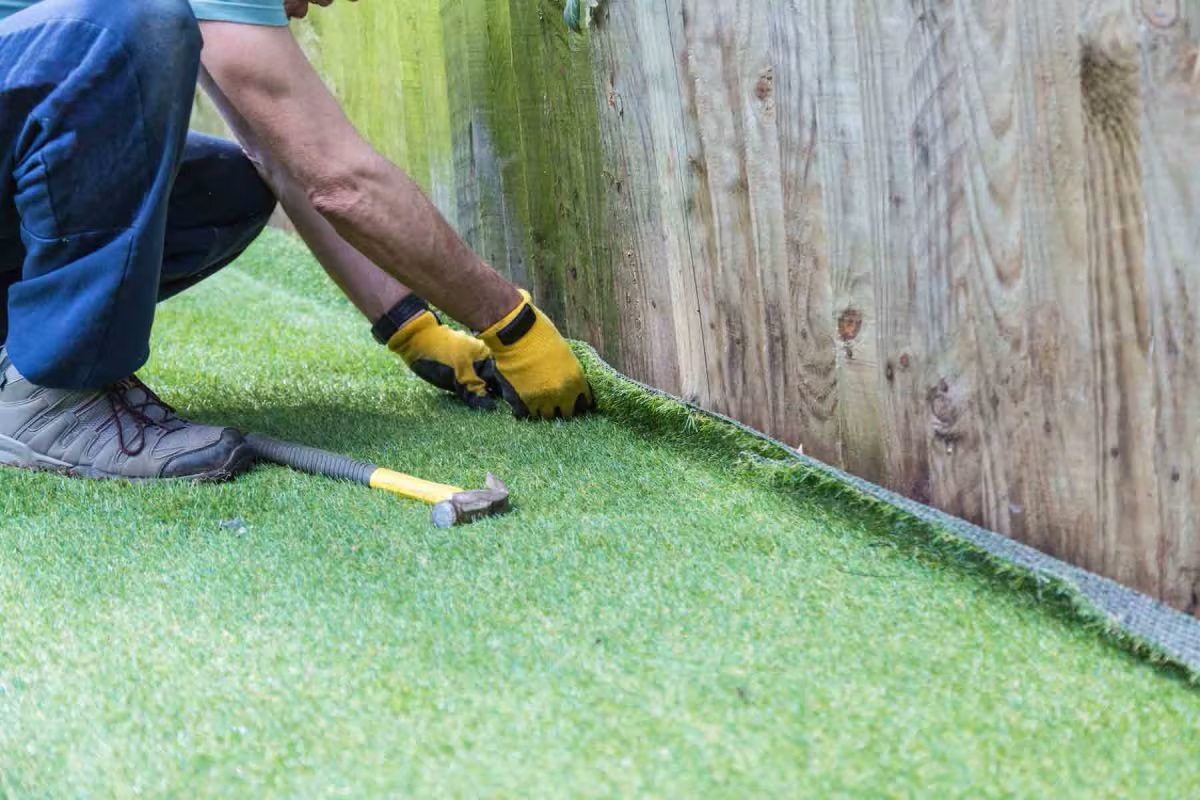
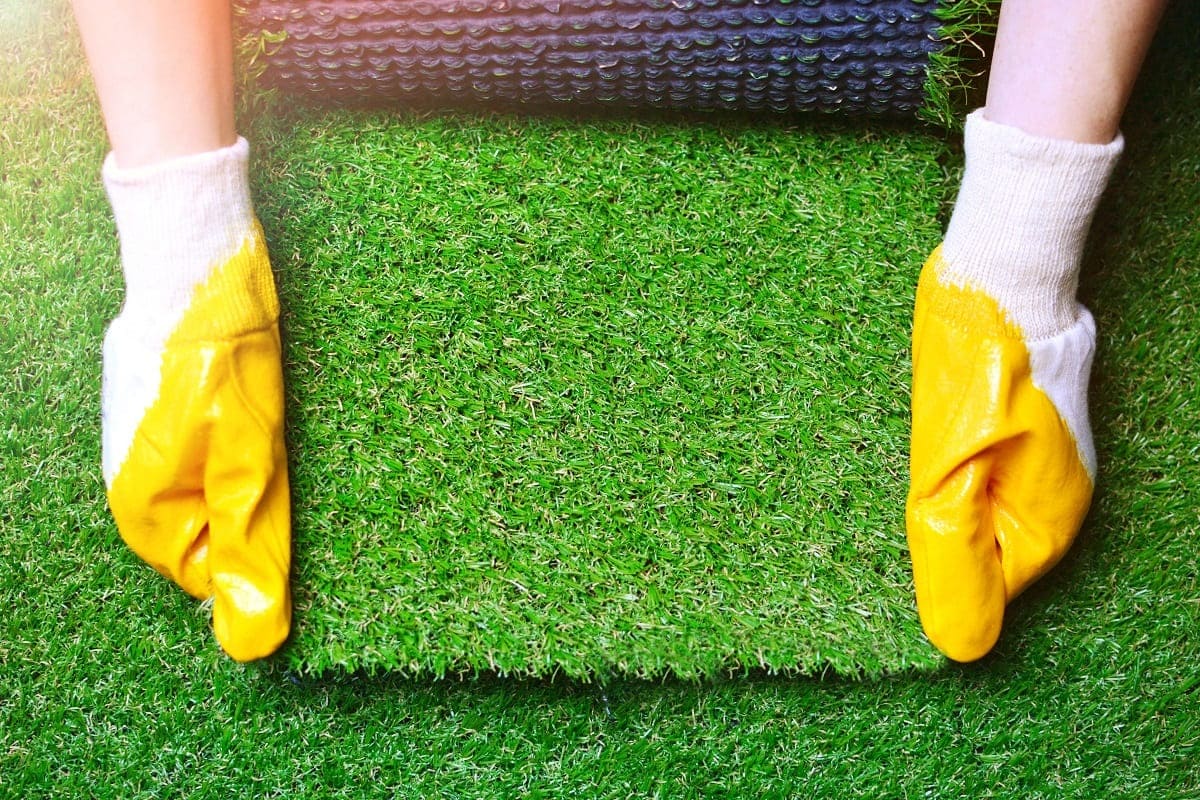
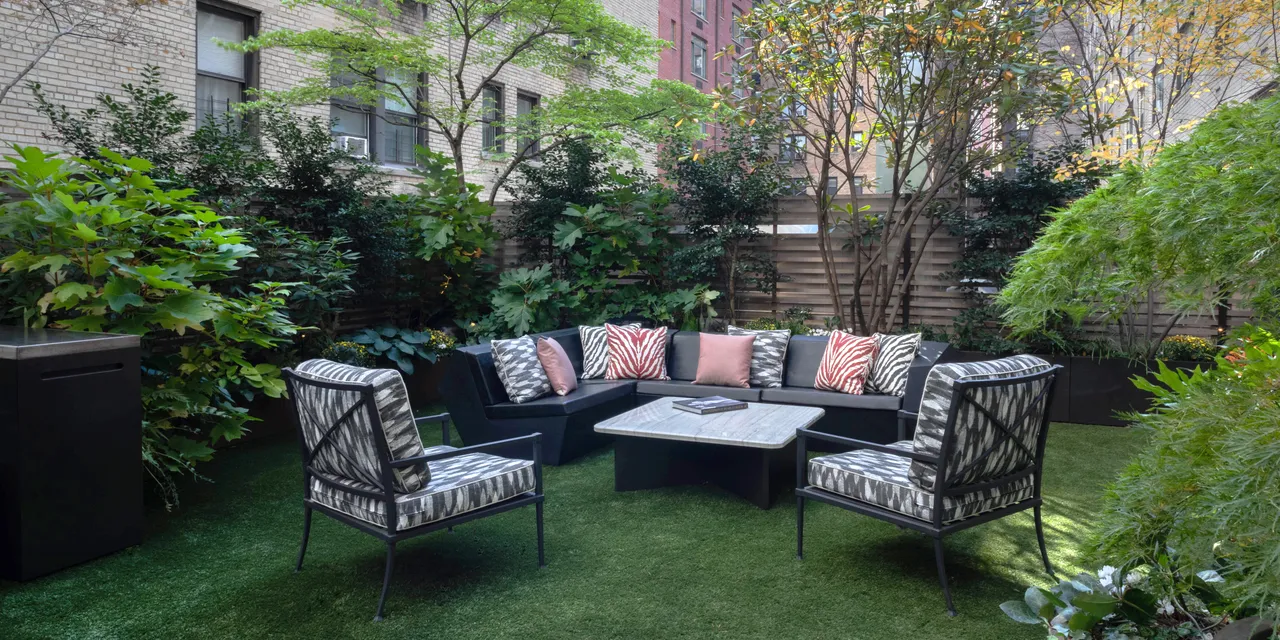

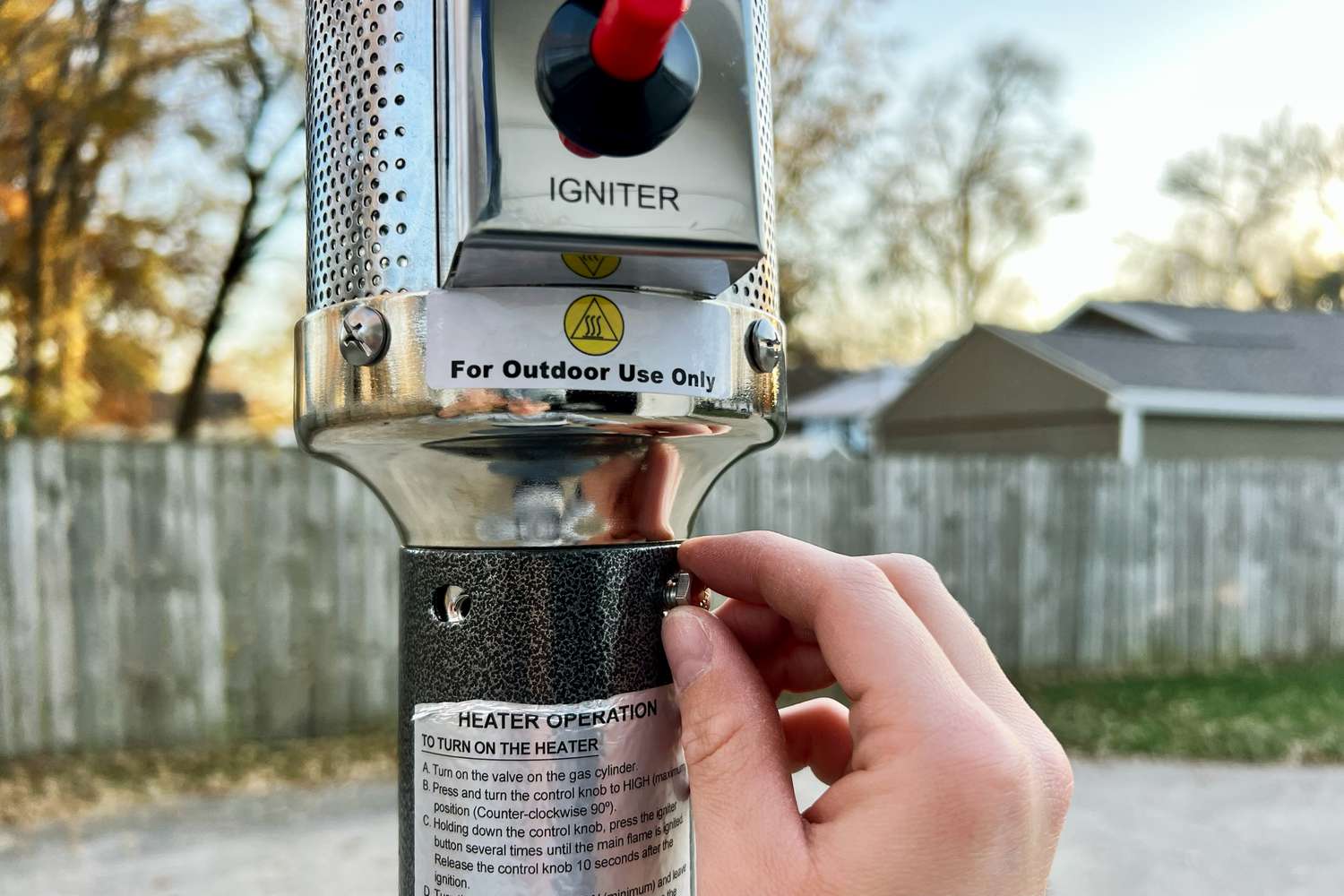
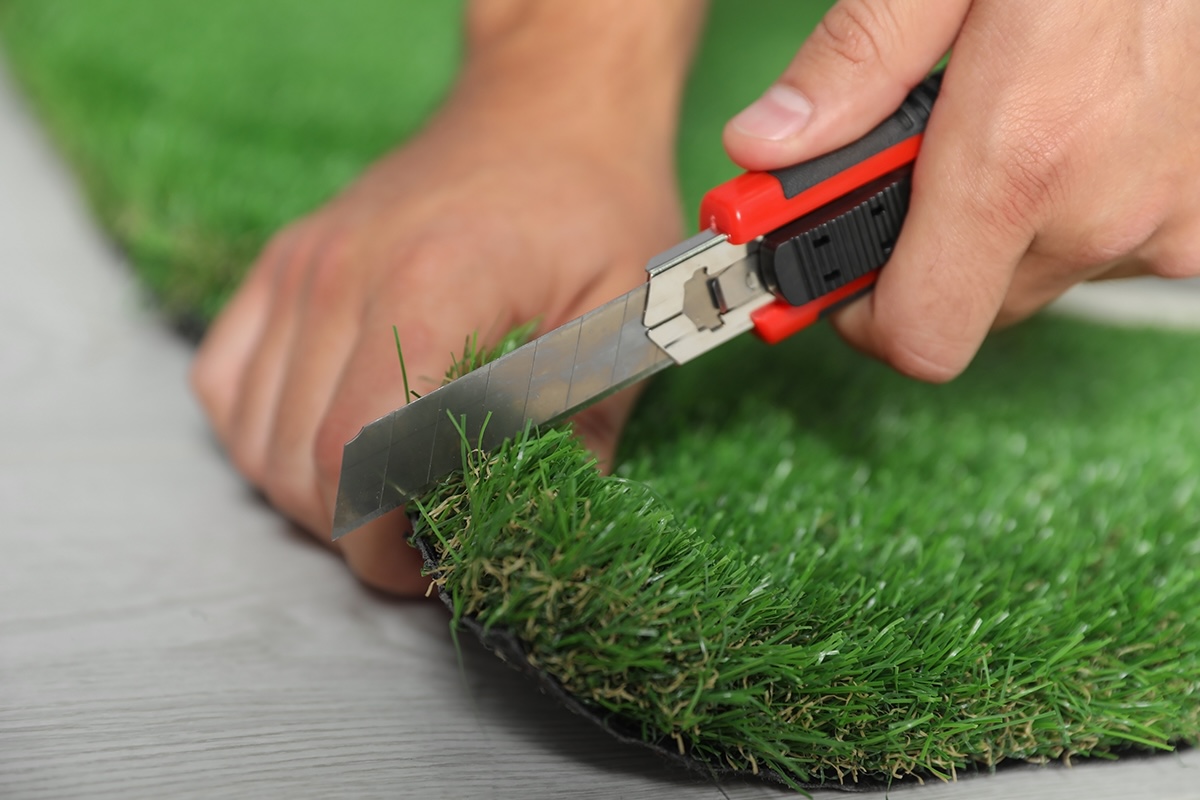
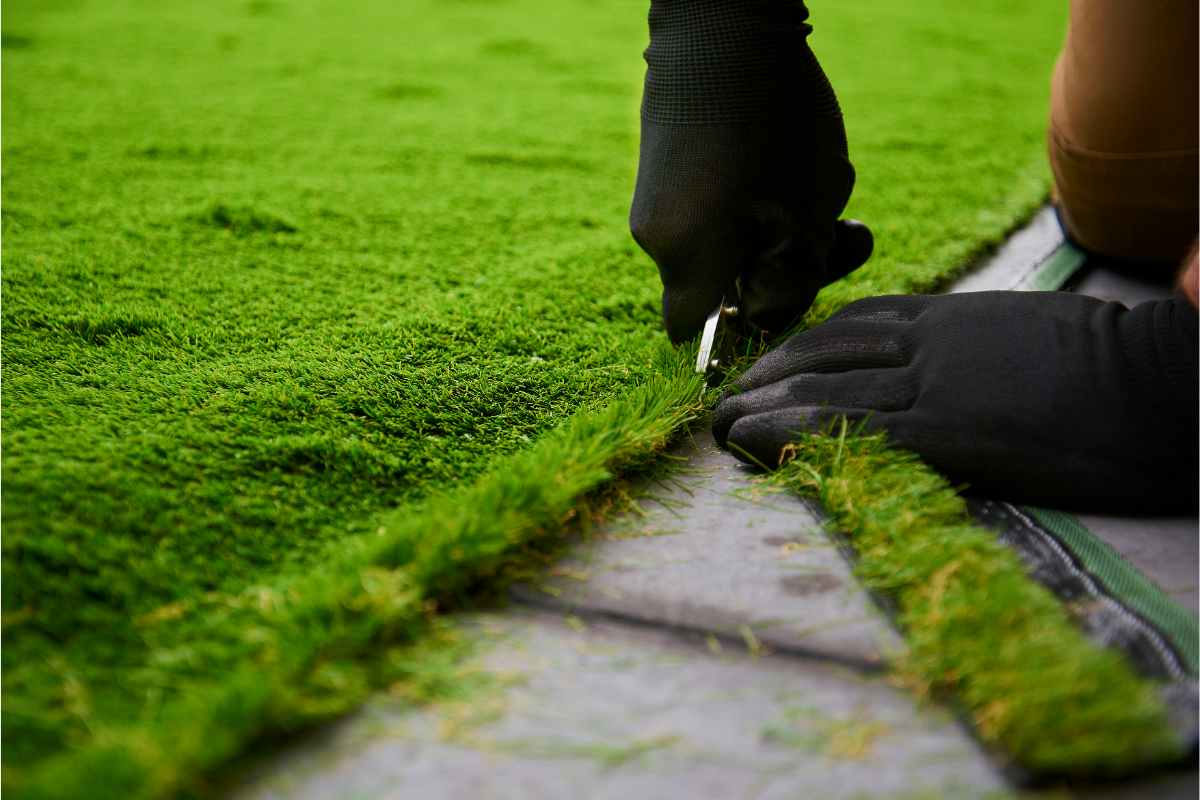
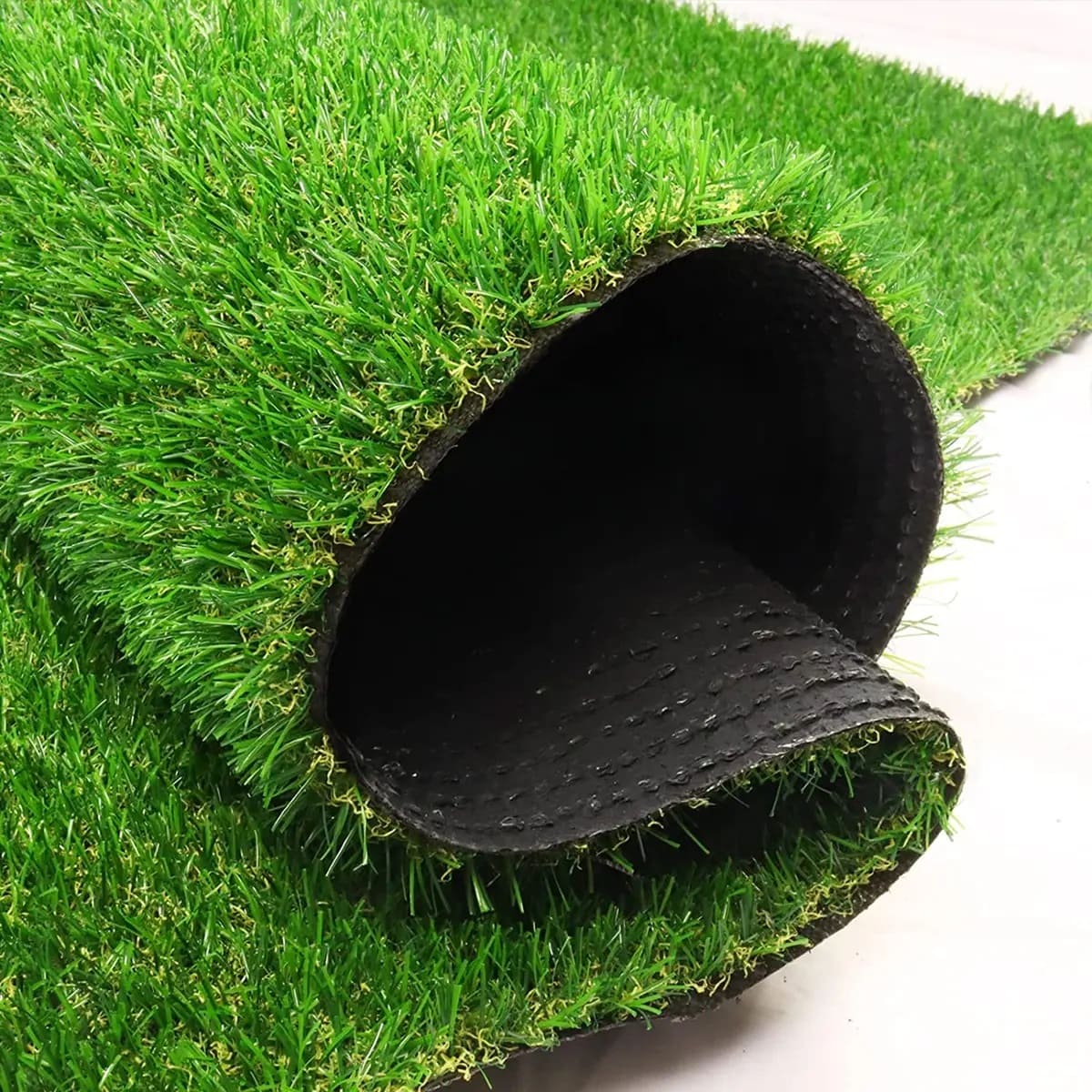
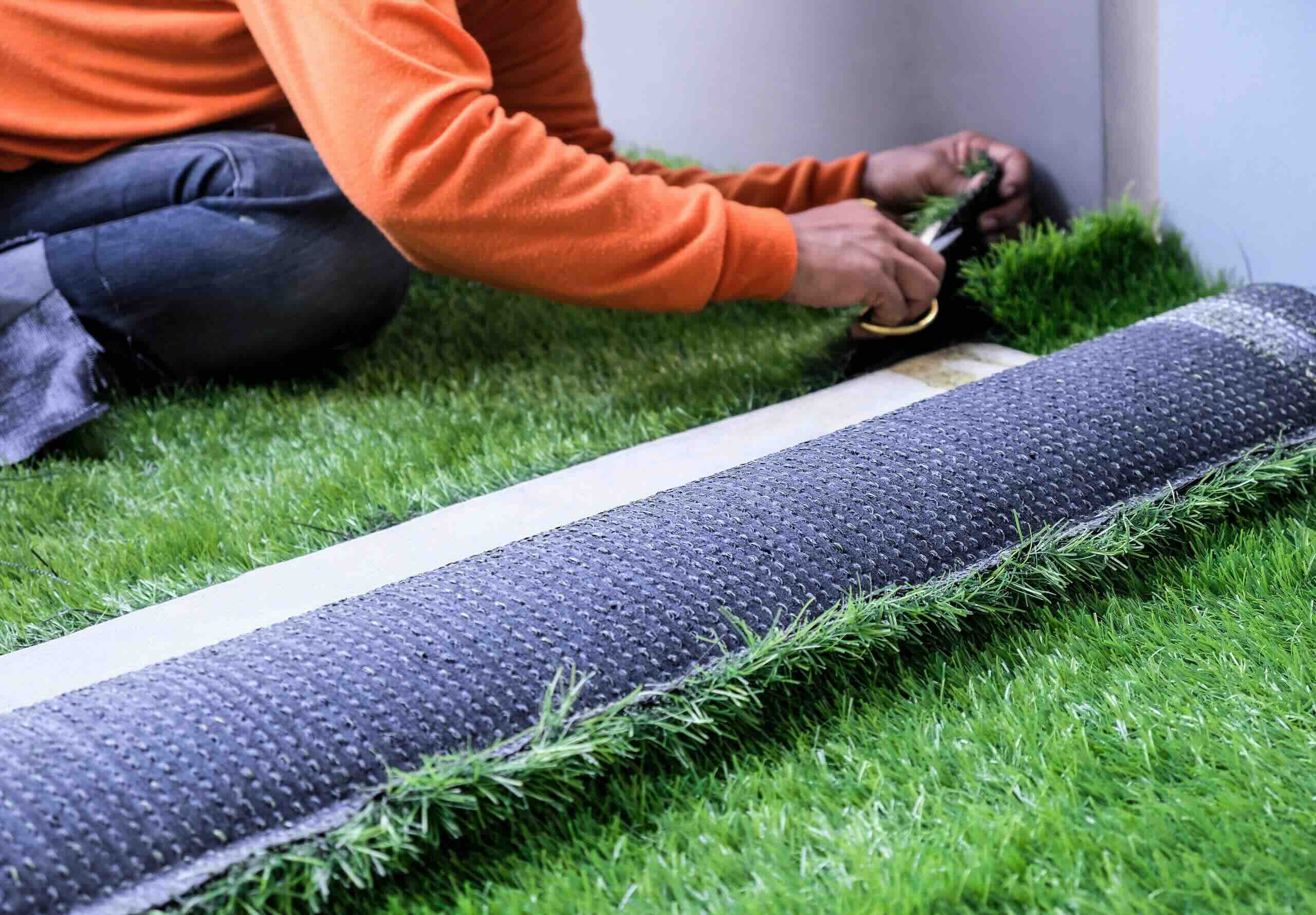
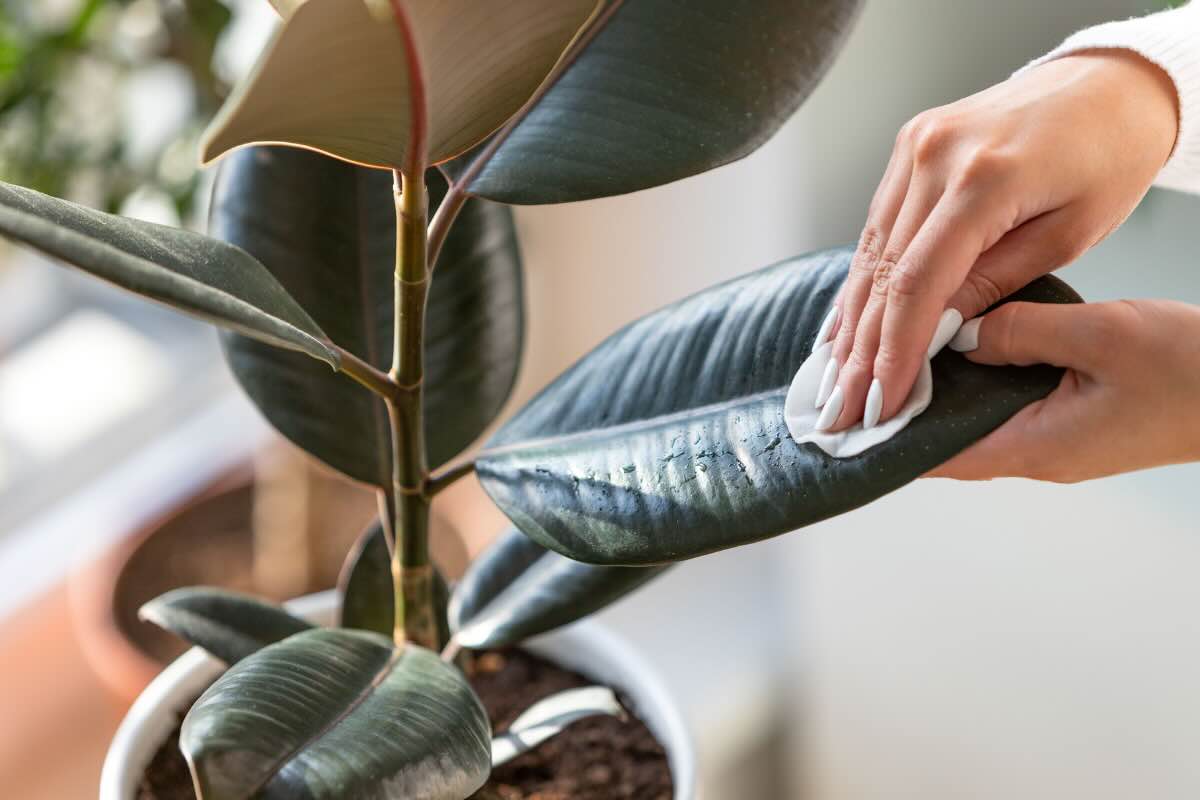

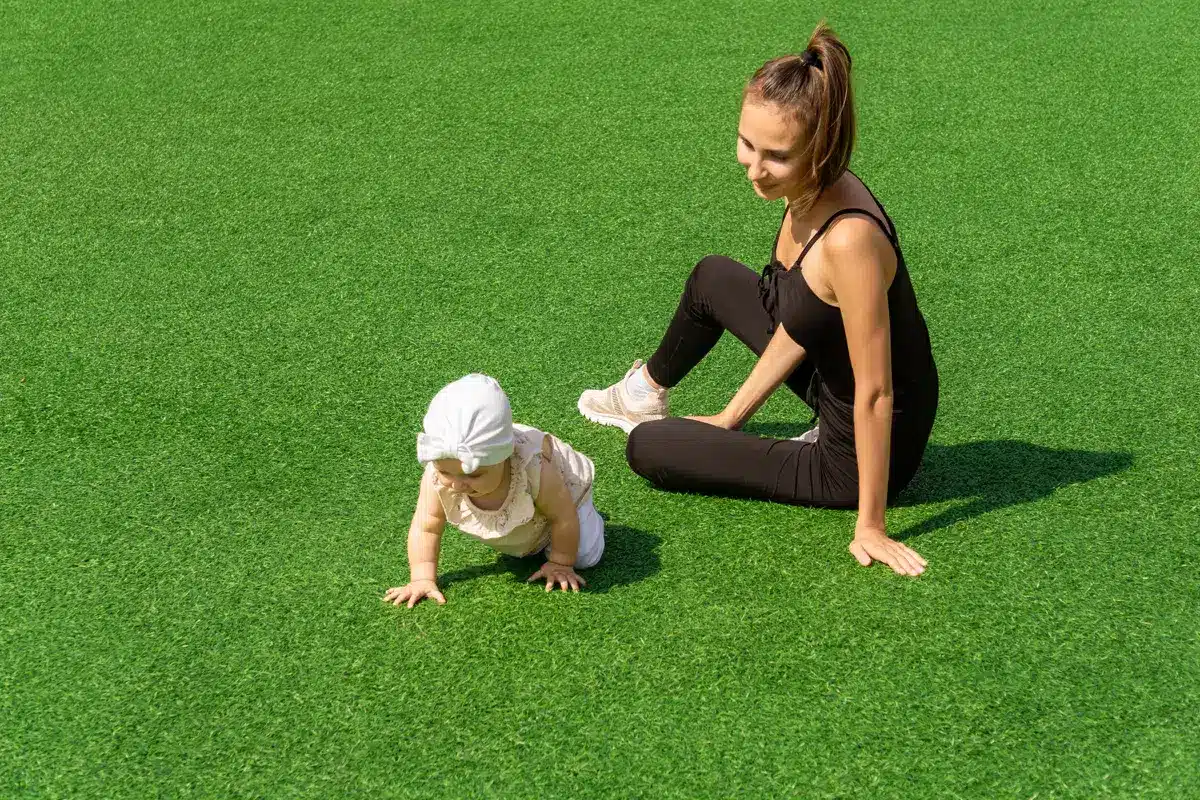
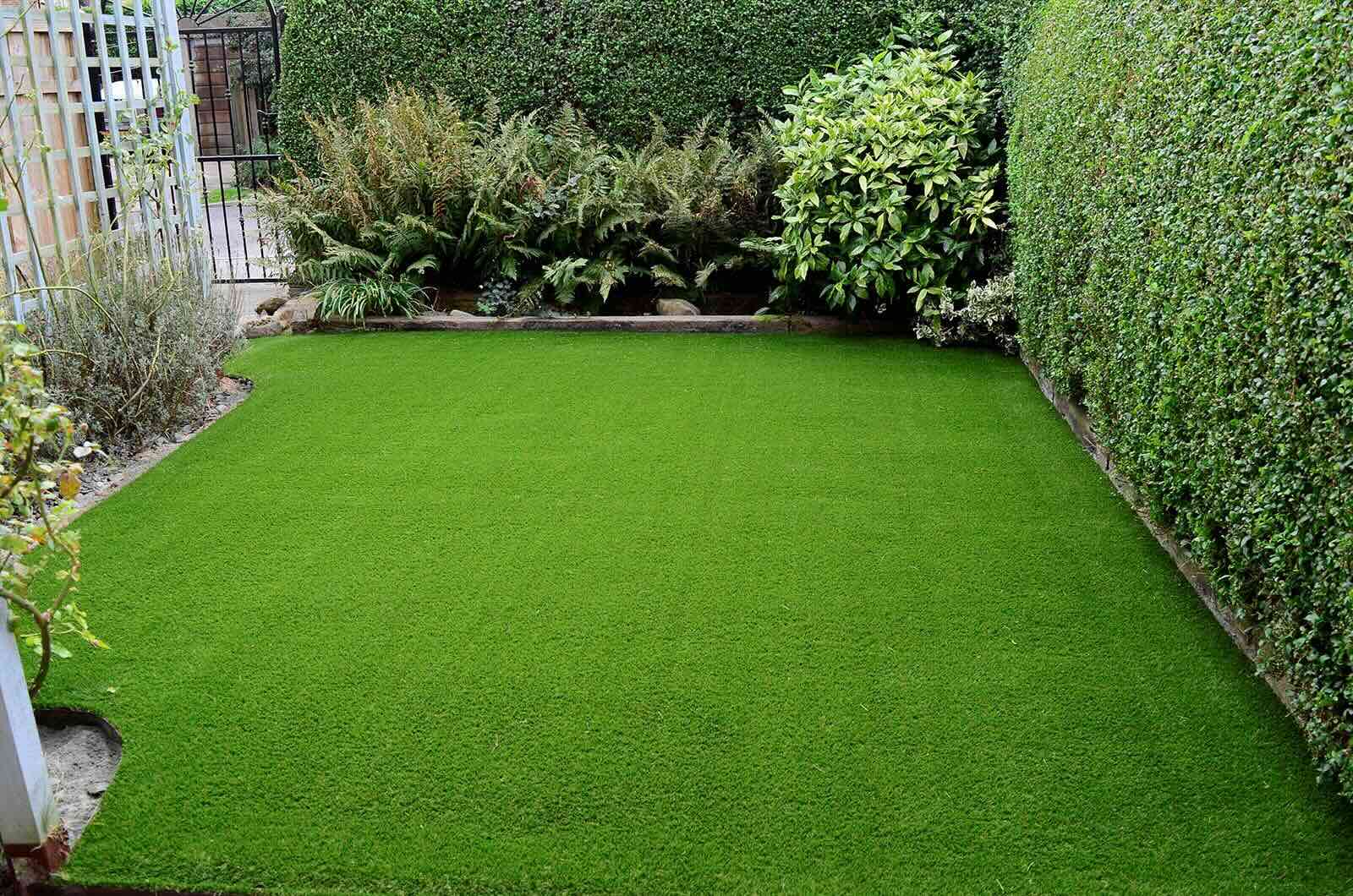

0 thoughts on “How Does Fake Grass Work?”